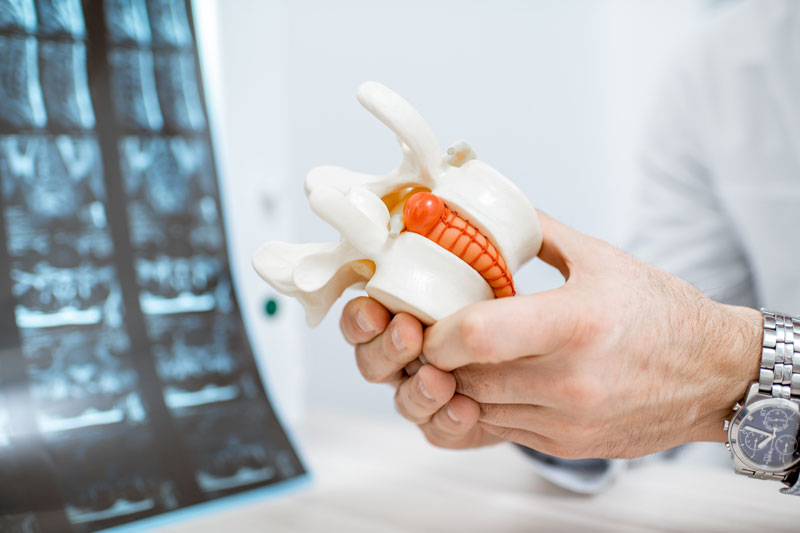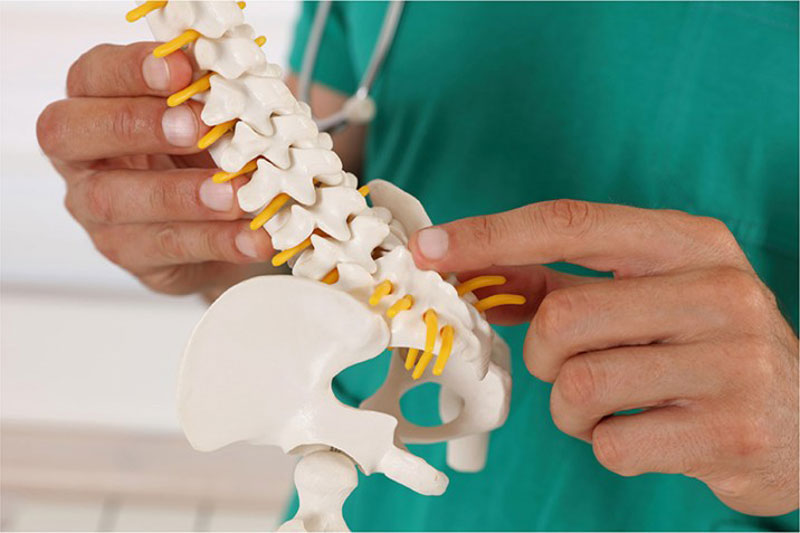What Is A Cervical Medial Branch Block?
A cervical medial branch block is a procedure used to relieve pain caused by a damaged or inflamed facet joint in the neck. A facet joint is a bony structure that joins the vertebrae in the spine. Facet joints help spine movement and provide additional support and stability to the vertebrae. Facet joint pain is the cause of around 45 percent of all neck pain reported by patients.
Although facet joint disorders are frequently the source of neck pain, chronic neck pain can also be due to trauma or injury. Another common condition that can affect the facet joints is arthritis. It occurs when the cartilage that protects the joints or the synovial fluid that cushions them begins to degrade.
Arthritis is commonly due to aging but can also be due to an autoimmune condition. Facet joint arthritis, in particular, can cause spinal discomfort and pain. Chronic back pain can also be due to scoliosis, an abnormal curvature of the spine, and bad posture. Medial branch blocks are safe and helpful for treating neck pain. This method is also advantageous because it is non-invasive and allows patients to avoid surgery.
Why Is A CervicalMedial Branch Block Performed?
Conditions Treated With Cervical Medial Branch Block
Medial branch blocks may help with the following pain conditions:
- Facet joint pain.
- Osteoarthritis.
A cervical medial branch obstruction can result in one of three outcomes:
As a diagnostic tool, if the injection does not relieve the pain, it indicates that the pain is most likely not coming from the targeted facet joints.
If the pain is gone for a few hours but returns and does not improve, it is likely due to the joints. The doctor learns, as a diagnostic tool, that the steroid medicine in the injection did not improve the pain.
If the pain goes away after the injection, returns, but then improves over the next few days, the steroid has a long-lasting effect on the pain.
If the injections give positive, long-term pain relief, the doctor can recommend three further injections in the same region within six months.
Pain Management:
Medial branch blocks in the cervical area, which target neck pain, have the lowest incidence of side effects and give significant but temporary relief from neck pain.
Furthermore, cervical medial branch block treatment typically helps patients regain at least 50% of their mobility, with more than 80% of patients regaining mobility by their two-year follow-up. Most patients also report a 50 percent reduction in pain after therapy.
Medial branch blocks in the cervical region of the back are also good diagnostic techniques that assist physicians in determining the progression of some spinal conditions and whether or not a patient may require more intrusive interventions such as surgery.
How Is A Cervical Medial Branch Block Performed?
A cervical medial branch block involves numbing the small nerves outside the facets called the Medial Branches – these nerves communicate pain from the facet to the brain. By blocking that signal, your doctor can find out which facet is causing the pain.
The procedure is an easy, minimally-invasive means to diagnose exactly where the neck pain is being generated and potentially treat it – all at the same time. If the procedure works and the patient reports a reduction of pain, the doctor may choose to administer the block again. This is to make sure the pain relief was not coincidental, or maybe the result of the medication escaping the joint and working on a different part of the neck or nearby nerve.
If relief is short-lived, your doctor may recommend another procedure called Radiofrequency Ablation (or RFA). RFA works by applying complex radio waves to the medial branches instead of an injection. This may provide more effective and longer lasting pain relief to the joint.
What To Expect After A Cervical Medial Branch Block
It results in a semi-permanent interruption of pain signal transmission and considerable pain alleviation from facet joints. The risks associated with a medial branch block are due to needle placement issues or other technical faults. For example, in around 3% of medial branch block procedures conducted in the upper back or neck, the drug is accidentally injected into a blood vessel rather than the targeted nerve.
These issues are usually avoidable since the needle placement is guided by imaging instruments such as an ultrasound, X-ray, or fluoroscope. When imaging technology is used during the process, needle placement accuracy is around 90%. Other potential complications include bleeding at the injection site, nerve injury, and infection.
In addition to the drug that damages nerve tissue, steroids and an anesthetic are administered to the affected area. Weight gain and higher blood sugar levels are the possible side effects of steroids. Steroids can also impair the immune system and cause stomach ulcers.
The anesthetic may cause gradual desensitization of healthy nerves and undesired interactions with the medicine that the patient is taking. The injected anesthetic may cause nausea, chest discomfort, and temporary neurological issues in rare cases. It has only happened in about 2% of individuals who have undergone medial branch blocks. Because of the possibility of such consequences, physicians undertake medical examinations before determining whether or not a patient is a good candidate for a medial branch block.













